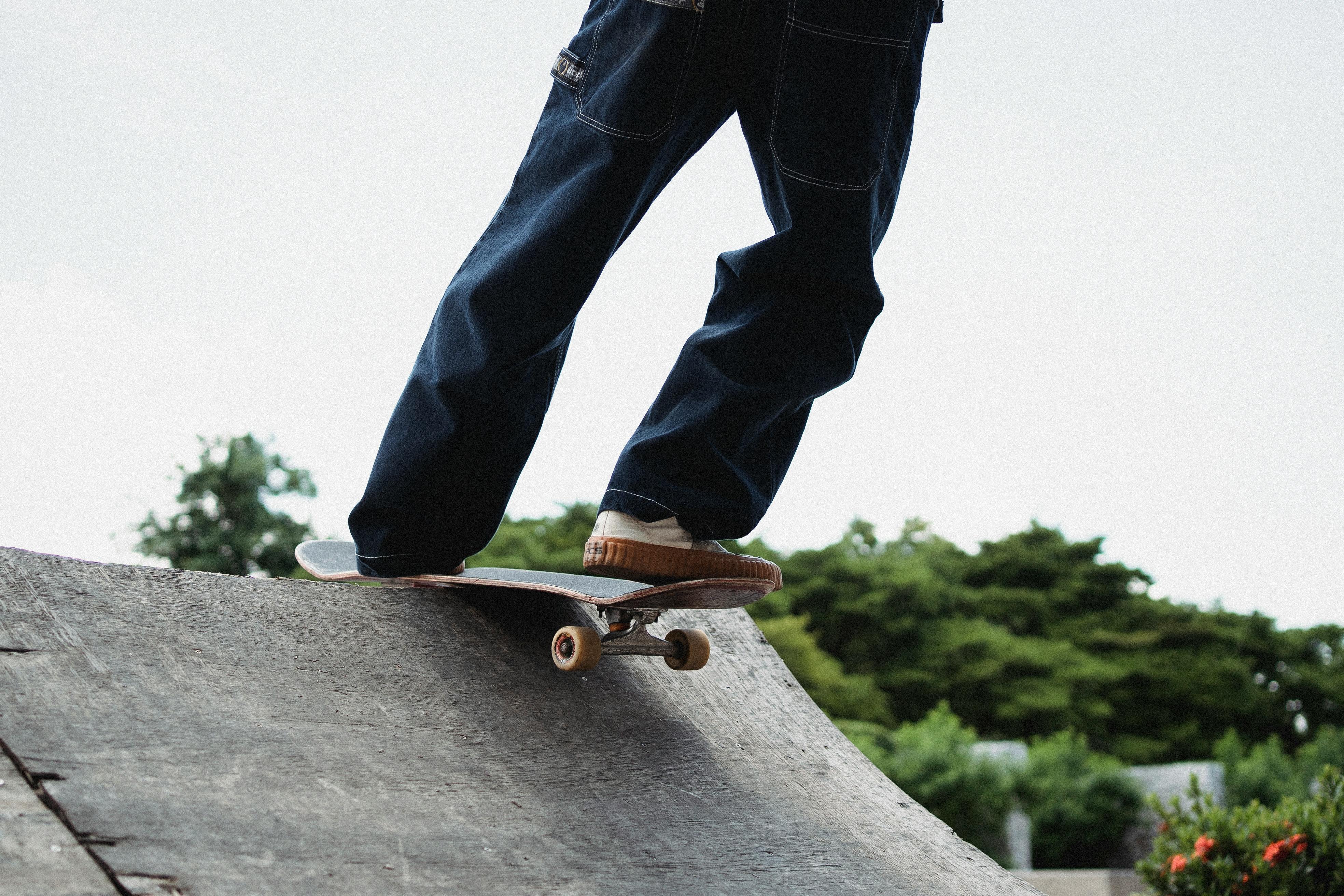
Making sense of frontotemporal dementia in baby boomers
In March 2007, my husband, Dave, age 57, was officially diagnosed with Frontotemporal Dementia (FTD). He had never heard of FTD, let alone a baby boomer with Alzheimer’s or any other related dementia. I thought he was only reserved for those people over 80 years old, with wrinkled skin and bluish-white hair!
Frontotemporal is the second most common form of dementia, under the age of 65, behind Alzheimer’s disease. Initially, FTD affects the front half (frontal and temporal lobes) of the brain, while Alzheimer’s starts in the back half, where most of our memory is stored.
Damage to Dave’s ‘frontal’ lobes, which are responsible for personality, judgment and emotions, is the reason he withdraws, often with a ‘faraway’ or vacant look on his face. He has lost his initiative and much of his ability to carve birds, his favorite hobby for more than 35 years. Loud or high-pitched sounds, such as babies crying, sirens, or trucks shifting down the highway, irritate his brain and make him wince with tears. These noises would be the equivalent of 100 fingernails scratching a blackboard. Dave has also developed rituals and routines, which are quite rigid. For example, Monday is ‘mow the lawn’ day regardless of the weather, Tuesday is ‘gym’ day, Wednesday is ‘dumpster’ day (and it has to be a given dumpster) and so on. . The frontal lobes help us solve problems and use our common sense. I have to admit that this is one of the most difficult areas for me to be patient with. Sometimes taking a deep breath or counting to 20 just isn’t enough! Last night was a perfect example. Our young springer spaniel, who has poor bladder control, got excited when our neighbor knocked on the door and urinated in the hallway. Dave looked at the puddle and even stepped over it, not thinking to wipe it up with a towel. Meanwhile, our spaniel walked right back through his little mess, leaving wet paw prints all over the house!
In addition to the frontal lobe changes, Dave’s two “temporal lobes” are shrinking and being replaced by fluid. It shows up as large, blackened areas on his CT scan. Since this area is responsible for understanding and recognizing words, faces and their meanings, reading shopping lists, instruction manuals, etc. they are a challenge. The saddest loss is that Dave does not recognize the people he has known for years, even his first cousins and teachers, who were his colleagues for 25 years. When we are invited to a party, or any social gathering, Dave speaks very little due to his difficulty finding the right words. When he speaks, he uses many words to describe the one he can’t find, known as “circumlocution”.
The progression of dementia varies with each person, but is similar to the rate of Alzheimer’s: 5-8 years from the time of diagnosis. Currently, there are no cures or medications that delay FTD; They will only treat symptoms, such as depression or anxiety. Recently, research has shown that frontotemporal dementia has a genetic component; it has something to do with the production of tau protein and chromosome 17. There is genetic testing for our 2 adult children, but I don’t have the inner strength to deal with it yet. Interestingly, chromosome 17 is the same for Parkinson’s, and the reason why 10% of FTD patients show related symptoms. The classic signs of Parkinson’s (intentional hand tremors and finger rolling pills) appeared in Dave within the past year. This is another reason why he doesn’t spend a lot of time carving and painting his ducks, which requires fine and precise hand coordination.
As more baby boomers reach their prime years (40s, 50s and 60s), you will see a significant increase in ‘younger’ or early-onset dementia. Hopefully, brain research will not only find a cure for Alzheimer’s and related dementia, but just as importantly discover how we can maintain a healthy brain, so that we never have to experience this debilitating and progressive condition.
If you have any questions or comments, I’d love to hear from you.